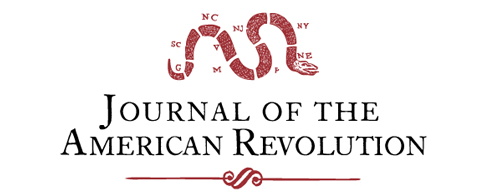“One Great People”: John Fenno’s Public Crusade for an American National Identity
In New York City, at nine o’clock in the morning on Thursday, April 30, 1789, Americans of diverse Christian denominations filed into their churches in and around Broad Street. Once settled, their respective clergymen led them in prayer, asking for “the blessing of Heaven upon the new government.” These well-wishers also pleaded for divine “protection […]
